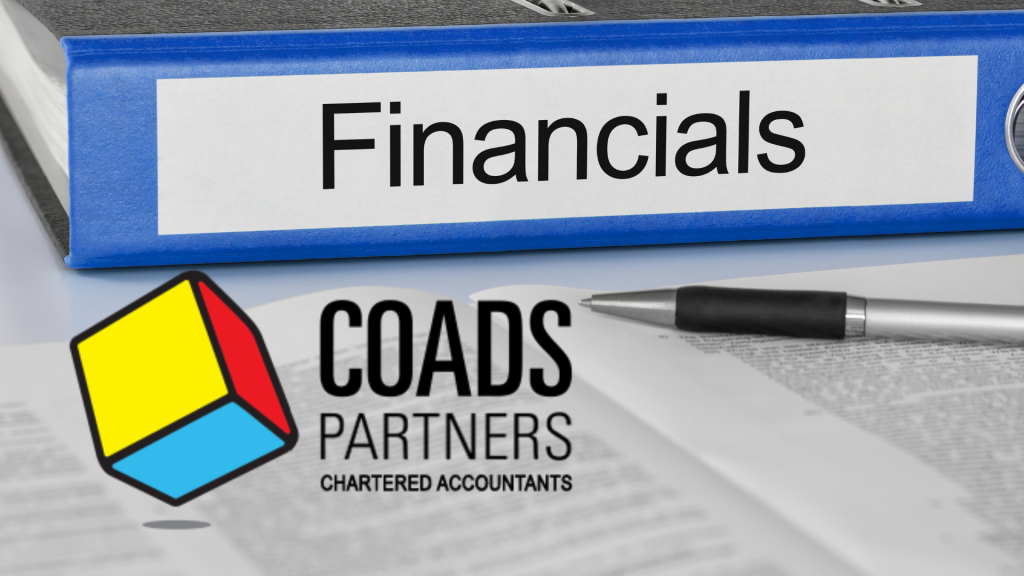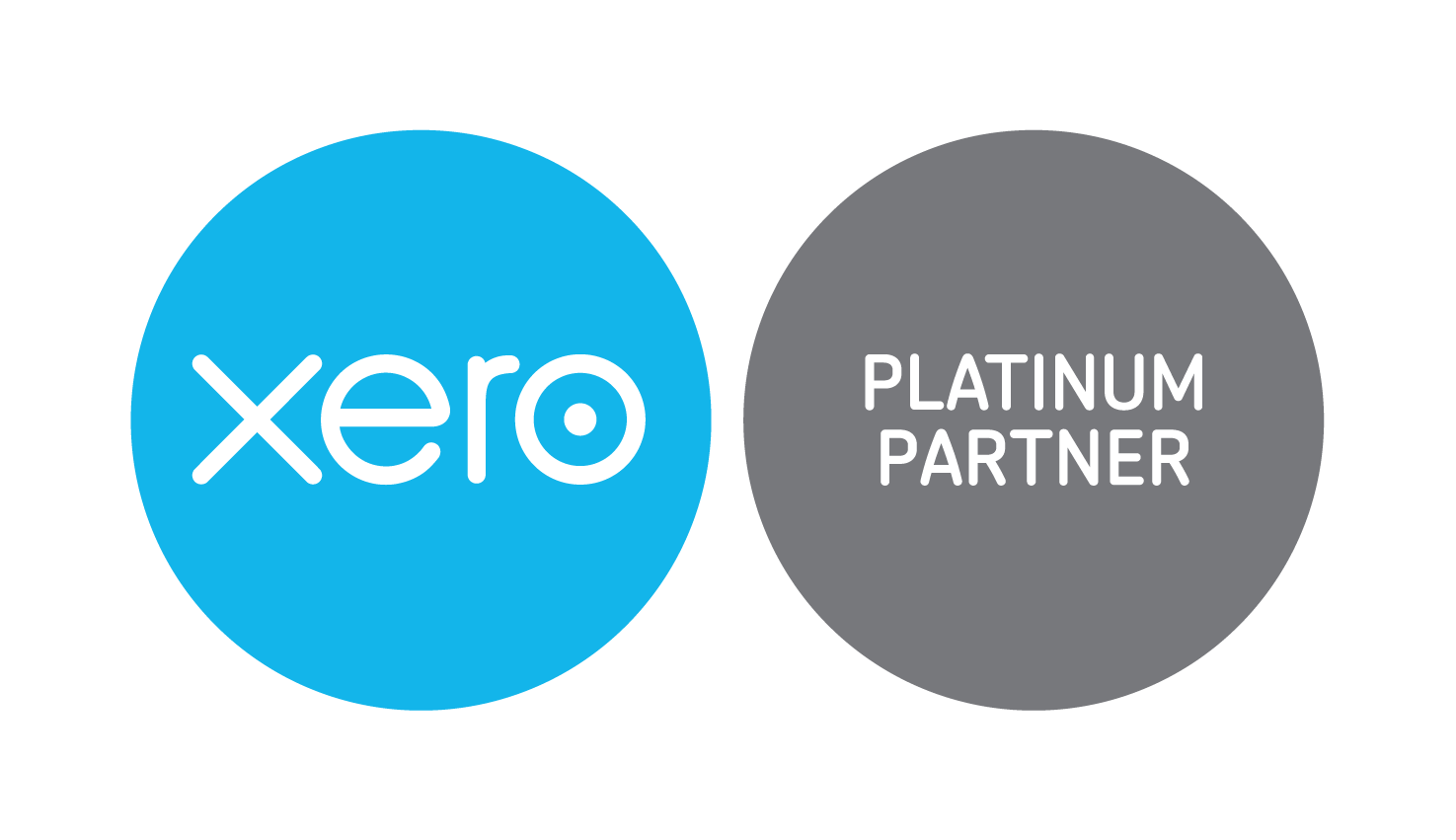This blog serves as a guideline for what you need to have prepared before rolling over into the new financial year.
The information is presented in summary form and intended only to draw your attention to issues you should further discuss with your accountant. Please do not act on this information without further consultation from COADS or other professionals in the field.

How to prepare your EOFY
For businesses to maximise their cash positioning, they should consider the following tax planning opportunities before 30 June.
Tax planning means delaying business income/invoicing into the next tax year, increasing tax deductions so that you can fall within the lowest tax bracket possible to minimise tax. In order to do so, your tax planning strategies need to work in your favour.
For small businesses, with a turnover of less than $10 Million, these strategies include:
- Instant Asset Write off
If you make a significant purchase for your business, you’re eligible to claim a full write-off deduction for that purchase within the financial year that it is first used or installed. Please note there are certain threshold limits for specific assets & thresholds are always subject to change.
- Paying Superannuation contributions upfront
By paying employee Super in advance so that it clears before the end of June, you can claim a deduction in that financial year. Superannuation for EOFY is only considered paid once it reflects in the fund. So, be sure to pay April to June Super so that it clears in the Super Fund before 30 June.
- Bringing your regular expenses forward
Monthly costs such as rent, insurance, licensing fees are eligible to be paid upfront to increase your deductions. In addition, consider asking suppliers to invoice upfront too, provided that you’re able to pay them before the end of the financial year.
- Writing off bad debts
If you’re not able to recover funds from a service you have provided, it’s best to write them off, provided that you can supply evidence that you have taken action to recover the debt against the debtor.
For other tax planning strategies, read more.
With these strategies in place, putting your EOFY documents together should be easy and most importantly, reduce your tax liability.
Before 30 June, you should:
Know your deadlines
Avoiding unnecessary penalties is an easy way to save money and one way to do this is to deliver and submit everything that the ATO needs on time.
- 30 June – The official end of the financial year.
- 14 July – Cut-off for STP Payroll Finalisation
- 28 July – Q4 business activity statements (BAS) to be lodged and paid unless lodged with a tax agent, which gets an extension by a month.
- 28 July – Super and PAYG instalments are also due.
Setup Single Touch Payroll (STP)
Effective 1 July 2021, all employers, employees & closely held employees will need to be on Single Touch Payroll. STP allows employers to report employee salaries and other information automatically. If you’re not completely transitioned to STP yet, it’s vital that you do in order to be within compliance.
This system includes information for:
- Employee salaries
- PAYG withholding
- Superannuation
Find out more details about the ATO STP guidelines and be sure to check the official ato.gov.au website portal for any information regarding COVID-19 Relief to support businesses, non-profits and individuals.
How to Implement your Business’s Tax Plan for EOFY

Step 1: Prepare your paperwork
Throughout the year, you should be keeping a record of everything in your business. Whether you’re doing your own EOFY or working with an accountant, the documents you should have ready are:
- Invoices, bills and payments
- Banking records and statements
- Business activity statements
Of course, if you are on an accounting software program the accountant would already have access to all the necessary data and information.
Step 2: Record your stocktake
For many businesses, inventory/stock is a major asset. The investment in stock requires you to devote sufficient time to manage your stock. As we approach year-end you should be:
- reviewing stock for obsolescence and damage
- planning for stocktakes at 30 June
- considering how you are going to value your stock at year-end
A business can value its stock for tax purposes at either cost, market selling value or the replacement value. By far the most common method of valuing a stock is cost. When valuing the stock at year-end you should remember that:
Remember to write off damaged or obsolete goods so as not to pay tax on damaged goods.
Step 3: Reconcile your account
Your preferred accounting software should allow you to easily reconcile your account, provided all the information and transactions have been entered. COADS Partners can also assist with year-end account reconciliation, to ensure that your books balance out.
Step 4: List your tax deductions;
Your accounting software should be up to date with your full financial year expense report or Profit & Loss Statement. These documents help you determine tax-deductible expenses.
Deductions are the costs involved with running your business. Using your expense report, you can compile a full list of your tax deductions. See below for a list of some expenses:
- Vehicles – including fuel, registration & insurance, services
- Superannuation contributions – subject to limits
- Office Rent
- Depreciation of capital assets
In addition, if you’ve recently purchased an asset for your business, consider the instant-asset write off. Businesses that turnover less than $10M should claim for new or even second-hand assets. Be sure to check on thresholds and some assets are subject to limits i.e. Motor Vehicles.
Step 5: File your Tax Return – Due dates Oct & May
COADS is a registered tax agent and can help you or your business file your tax return. Alternatively, you can complete this step through the MyGov portal.

Stay on top of your tax
By working with a professional service firm like COADS, tax time won’t need to be a stress. We offer efficient tax planning strategies and advice on setting up business structures, each of which contributes to efficient management and tax minimisation within your business.



